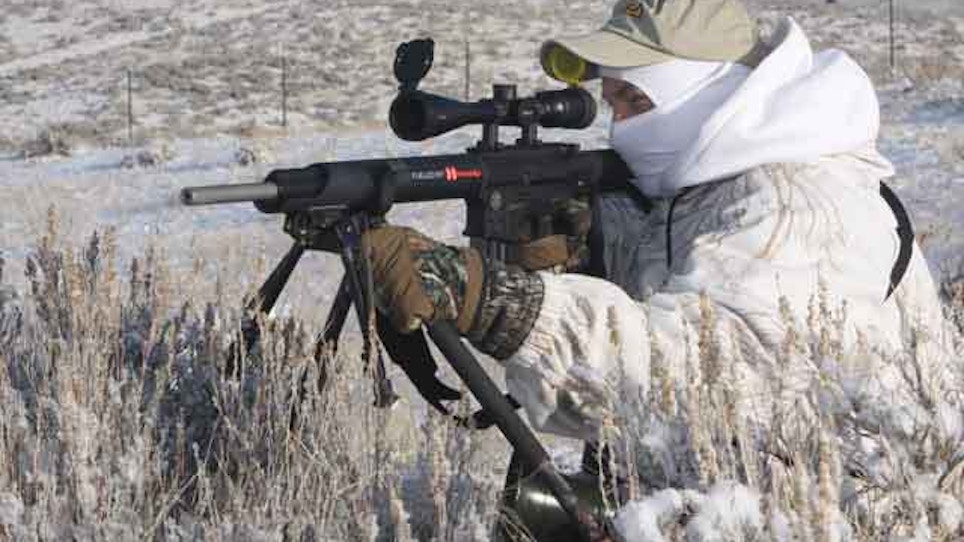I broke the rules and now I’m paying for it.
Every part of your life includes rules. You see them all the time, from the road to work and beyond. Even your sporting adventures have rules, like the ones I’ve been breaking recently. As a writer and a video producer I’m always on the hunt for content. Unfortunately, it’s cost prohibitive to hire a video photographer to follow me around during the winter to film my weekend coyote pursuits.
So I’ve been trying to do it myself. I’ve missed chances on at least four to five coyotes due to juggling both camera and rifle and pressing my luck on how close a coyote will trot in to say “cheese.” That’s my excuse for breaking the rules and why I’ve put together these reminders not to break the them.
Shoot at the First Good Chance
This is a rule I follow whether I’m in a treestand bowhunting whitetails or eyeing a reluctant coyote that’s suddenly hit the brakes on a nearby ridge. If a coyote gives you a doable shot —whether you have it on film or not — you need to be sending a bullet downrange. Adolescent coyotes may trip over themselves coming to a call, but mature coyotes have seen it and done that. They rarely make lethal mistakes.
Two Coyotes? Take One!
Follow rule No. 1 and take the first good shot you get on the easiest coyote. Some hunters preach that you should take the harder shot first and use the easy one as your backup. I disagree. I believe you should anchor the guaranteed winner of a ride in your truck and then zero in on the questionable shots afterward.
Plus, after the shooting starts there are no guarantees of any easy follow-up shots. Just ask the guys at the O.K. Corral about that one.
Don’t Push Your Personal Shooting Limits
Winging bullets out beyond your personal comfort range may be fun, but it goes a long way to educating coyotes if the bullet misses its furry mark.
Most of you know the range you’re comfortable dinging a target at, whether it be 300 or 600 yards. If you don’t believe you can make the shot and the coyote hasn’t smelled you there is no harm in letting it trot away unalarmed. You can always come back another day and try another call for redemption.
Know Your Area
Breaking this rule leads to surprise meetings with crafty coyotes and last-second ranging to discover how far a nearby ridge sits.
Always try and scope out the area and visualize where coyotes may travel to arrive at your set-up site. Try to cover every entry point. And before you trip the switch on your call, use your rangefinder to note likely shooting distances. I mentally note all distances out to my comfort zone, so that when a coyote does appear I’m not fumbling with my rangefinder before the shot.
I’ve been breaking the rules a lot lately in hopes of getting some great coyote kills on film but unless you’re trying to be the next Steven Spielberg, don’t be a rule breaker. Be a coyote conqueror.






